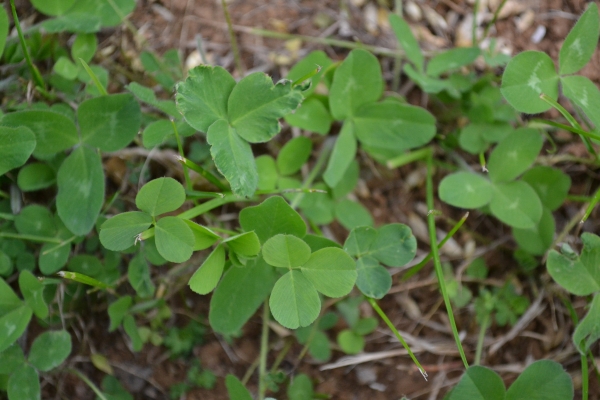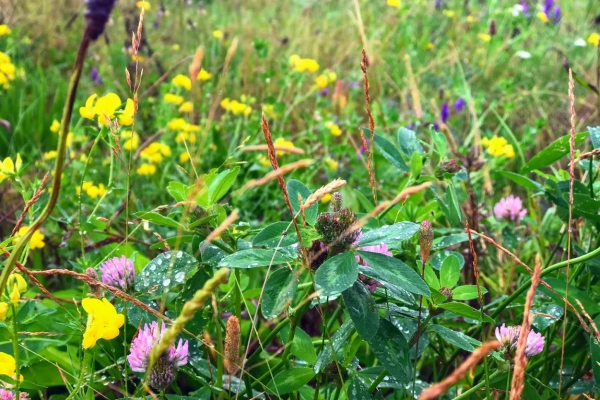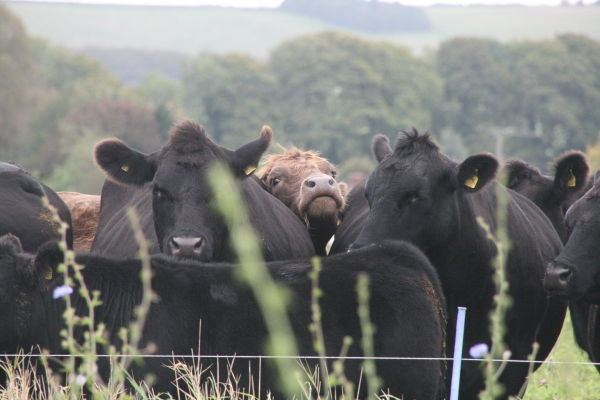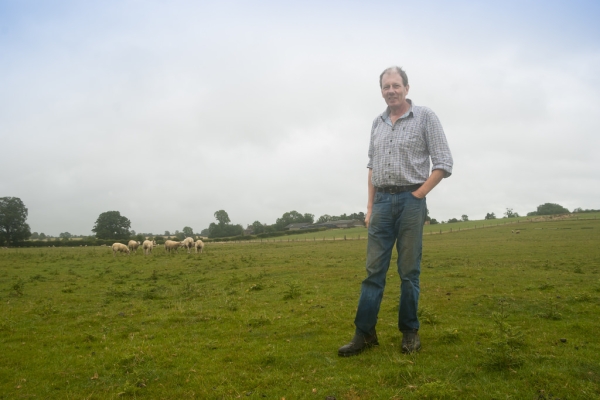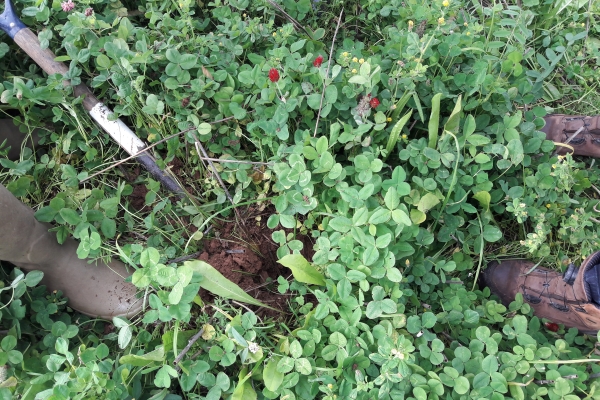Recommended Grass and Clover Lists for England and Wales
Resource explained
- This webpage takes you to an online tool you can use to compare varieties of grass and clover species for different systems and regimes.
- The lists were composed after trials carried out by NIAB-TAG, IBERS, DLF Trifolium, DSV, Barenbrug, AFBI and SRUC, and after rigorous testing of varieties for properties such as yield, persistency, quality and disease resistance.
- This page explains the steps to using the list, which allows you to make selections depending on whether you want the ley for grazing or silage, and then according to the characteristics you require.
- From this page there are links to an AHDB dairy page providing information on grassland management, and to a British Grassland page from which you can access: the same online database, detailed variety information in spreadsheet format, and two versions of the handbook that the information has been based on (for farmers and industry specialists and producers).
Findings & recommendations
- The characteristics you must select in order to generate an appropriate list of species varieties are divided into maturity group, ploidy, production, and disease resistance.
- The latter two require you to select a value from a drop-down list; for production it is according to yield, percentage of dry matter that can be digested by the animal, and autumn ground cover. For disease resistance, you have to make selections for crown rust, drechslera and mildew.
- There is then the facility to compare and print variety information.
- The handbook for farmers provides information on the varieties that have been trialed in the UK and technical information on formulating your mix for cutting, grazing, and wet and dry areas.
- In addition to the species variety information being in book format, the book is divided into sections on:
- Why grass and clover are important.
- Deciding on when it is time to reseed and tips on reseeding.
- Selecting the right type of grass.
- Choosing the right type of timothy and clover.
- Explanation on how to use the grass and clover list tables.
(N.B. This resource contains information that is not compatible with organic standards, e.g. ‘Tips on reseeding’ includes reference to using the weed killer glyphosate. However, information contained within the document is potentially useful for the management of low-input farming systems.)
Related articles
A factsheet with useful tips to help you assess and plan grass and legume ley rotations; includes rules, examples and management guidance.
Benefits to livestock farmers of planting herbal leys; increase your herd and soil health, reduce fertiliser costs and improve forage quality.
This is part 1 and 2 of a collaborative 2-part series of virtual events exploring establishment, management, soil health, grazing and ensiling in relation to...
Footage of four webinars exploring issues surrounding herbal leys; a collaboration between the AHDB and British Grassland Society.
Alex Joynson, livestock and arable farmer in Malmesbury, Wiltshire, discusses planting herbal leys for livestock forage and arable rotation.
Herbal leys with a diverse range of species can help resolve soil fertility problems, making forage legume mixtures hard to resist.

